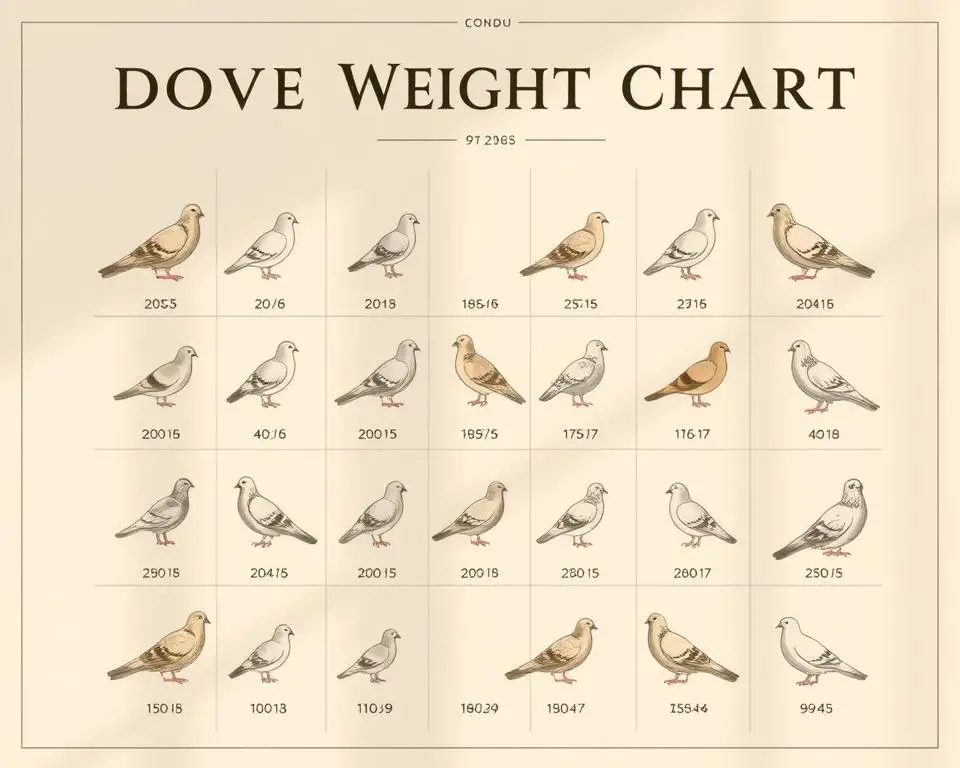Taming a dove bird can be a rewarding experience for both you and your feathered friend. As a bird lover, I have learned that doves can be quite skittish and require patience and gentle handling to gain their trust. In this article, I will share my tips and techniques for taming a dove based on my personal experience and research.
Let’s dive in.
How long does it take to tame a dove?
The time it takes to tame a dove can vary depending on the individual bird and the amount of time and effort put into the taming process. It may take several weeks or even months for a dove to become comfortable with human interaction.
Keep in mind though that sudden movements or loud noises can scare the bird and set back the taming process, as it will lose trust. So it is essential to get this part right.
Let’s get going.
Understanding doves
The first step in taming a dove is to create a calm and safe environment for them. This means providing a comfortable cage with plenty of space to move around, as well as access to fresh water and food.
It is also important to keep the cage in a quiet area of your home, away from loud noises and other pets that may cause stress for your dove. Once your dove feels secure in their new environment, you can begin the process of gaining their trust and building a bond with them.
Types of doves
There are many different types of doves, each with their own unique characteristics. Common types of doves include:
- Mourning dove. This is the most common type of dove in North America. It is known for its soft, drawn-out cooing sound and its slender tail.
- Common ground dove. This is a small dove that is commonly found in the southern parts of the United States. It is known for its dusty plumage and its soft rattling sound when it takes flight.
- Ringneck dove. This is a domesticated variety of dove that is commonly kept as a pet. It is known for its distinctive ring around its neck and its gentle nature.
Domesticated doves
Domesticated doves are bred specifically for their gentle nature and their suitability as pets. They come in a variety of colors and patterns, including white, brown, and speckled. Domesticated doves are often kept in cages, but they can also be allowed to fly freely in a home that has been bird-proofed.
Preparing for a Dove
When I first decided to bring a dove into my home, I knew I needed to be prepared to provide a safe and comfortable environment for my new pet. Here are some tips on how to prepare for a dove:
1. Housing
The first thing I needed to consider was housing. Doves need plenty of space to move around, so I made sure to choose a cage that was big enough for my dove to stretch its wings without hitting the sides. I also covered the cage with a light cloth to give my dove a sense of security.
2. Feeding and watering
Feeding and watering my dove was also an important consideration. I made sure to offer my dove a balanced diet of pellets and bird seed, and I kept its food bowl three-quarters full of the mixture, refreshing it daily. I also made sure to provide my dove with fresh water every day.
3. Perches
Perches are important for doves to rest on, so I made sure to provide my dove with a variety of perches of different sizes and textures. I also made sure to clean the perches regularly to prevent any buildup of bacteria.
4. Toys
Lastly, I made sure to provide my dove with toys to keep it entertained. Doves love to play with bells, mirrors, and swings, so I made sure to provide these types of toys in its cage.
Note: Preparing for a dove requires careful consideration of its housing, feeding, perching, and toy needs. By providing a safe and comfortable environment, I was able to create a happy home for my new pet.
Taming a dove
As a bird owner, I know how important having a well-trained and tamed pet is. Doves are known for their gentle and calm nature, but they can be quite nervous around humans. In this section, I will share my experience bonding and taming a dove.
Bonding with your dove
Bonding with your dove is the first step in the taming process.
It is important to create a bond of trust between you and your bird. Spend time with your dove every day, and talk to them in a soothing voice. This will help your bird get used to your presence and your voice.
Offer your dove treats, such as seeds or fruit, from your hand. This will help your bird associate your hand with something positive. You can also offer your bird a perch or a toy to play with. This will help your bird feel more comfortable around you.
Taming process
The taming process can take time and patience. Start by placing your hand near your dove’s cage and let them get used to your presence. Once your bird is comfortable with your hand near the cage, you can start to offer them treats from your hand.
When your bird is comfortable taking treats from your hand, you can start to gently stroke its feathers. Use slow and gentle movements to avoid scaring your bird. If your bird becomes nervous or agitated, stop and try again later.
Gradually increase the amount of time you spend with your bird each day. You can also try removing your bird from its cage and letting them fly around in a safe, enclosed area. This will help your bird get used to being around you and will also give them some exercise.
Remember, taming a dove takes time and patience. Be consistent in your interactions with your bird, and always use a gentle touch.
Common issues and concerns
As a dove owner, I have encountered various issues and concerns that can arise when taking care of these birds. In this section, I will discuss some of the most common ones and how to address them.
Behavioral issues
Doves are generally docile birds, but they can exhibit aggressive behavior if they feel threatened or stressed. This can include biting, pecking, or flapping their wings aggressively.
If your dove is displaying these behaviors, it is important to identify the cause and address it accordingly. It could be due to a lack of socialization, improper handling, or an uncomfortable living environment.
To address these issues, spend time with your dove daily, handling them gently and providing them with a comfortable living space. If your dove continues to display aggressive behavior, consult with a veterinarian or animal behavior specialist.
Summary
Before we move on to the conclusion, we’ve summarized this article into a short list of key points for you to remember:
- Taming a dove requires patience, time, and effort.
- It is important to create a calm and safe environment for your dove, providing a comfortable cage with plenty of space to move around, as well as access to fresh water and food.
- The taming process can take time and patience. Gradually increase the amount of time you spend with your bird each day and always use a gentle touch.
- Behavioral issues, such as aggression, can arise if your dove feels threatened or stressed. Spend time with your dove daily, handle them gently, and provide them with a comfortable living space. Consult with a veterinarian or animal behavior specialist if your dove continues to display aggressive behavior.
Final thoughts
So there you have it!
Taming a dove requires patience, time, and effort, and the process can vary depending on the individual bird. Creating a calm and safe environment for your dove is crucial, along with bonding and building trust with your bird.
Good luck with taming your dove, and if you have any questions, feel free to reach out.
Have a nice day.
Want to learn more about doves?
Ready to boost your knowledge to the next level? If so, check out the articles below:
- Are Doves Color Blind? (Explained)
- What Birds Are Doves Afraid Of? Top 6 Predators
- What Do Turtle Doves Eat? Everything You Need To Know!





